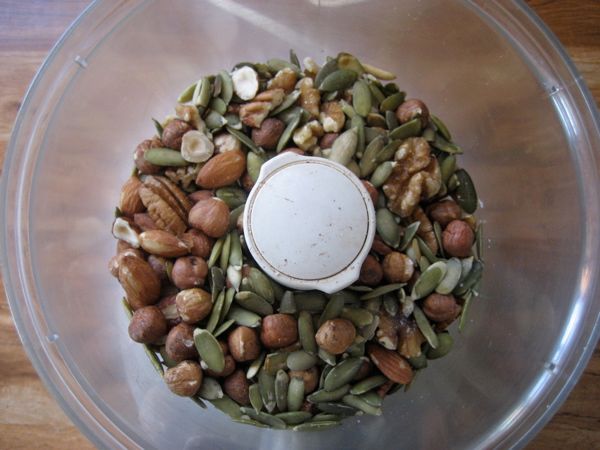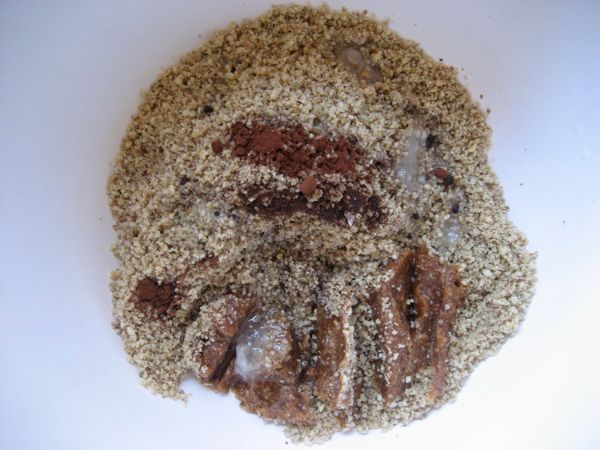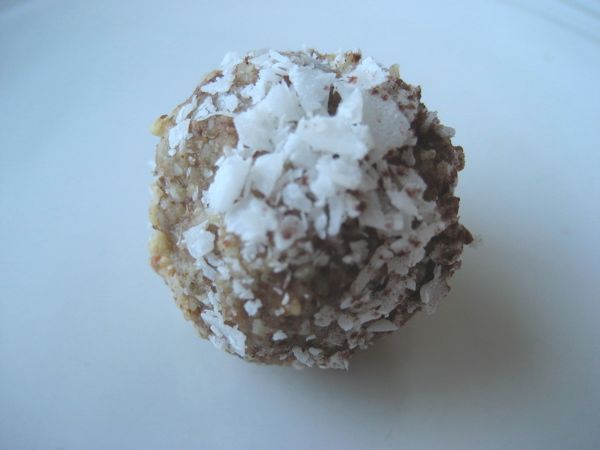They didn't have dumbells, barbells, pilates machines, preacher curl benches or resistance bands. Yet the average caveperson was tall strong and fit. They exercised mainly because they didn't have a choice. Everything they did required effort and to survive they had to be strong or they would starve.
The entire world was their gym. Running through the woods, scrambling over rocks, climbing trees, Sprinting during the hunt and carrying home dinner. This was more than enough to remain fit and healthy. Sprint and lift heavy stuff. Pretty simple really.
I'm not saying that in order to get fit you have to act like Tarzan and swing through trees. What I am saying is that you don't absolutely need the gym. Gyms are great, I love going to the gym, but what I do at the gym only makes up a small part of what I do to stay fit. The majority of my training can be accomplished in you living room, in a park or in the woods. And that's the fun stuff, using the environment around us as our gym, and using our own body weight as resistance.
Our early ancestors would have been the ultimate crosstrainers. They would have been well rounded in all aspects of fitness withouth specializing in one particular area. They would have had to be able to respond to any situation in order to escape a predator or hunt down food.
So how do I exercise like a caveman?
In a word play. Run, jump and enjoy yourself. Find something heavy and pick it up and carry it. It doesn't really matter what you do as long as you enjoy it and it gets your heart rate. Do push ups, sit ups and squats in your living room or out doors. If you have a pull up bar or a tree with a low hanging branch do pull ups.
I absolutely love play ground jungle gyms. They allow me to climb and scramble just like I'm a kid and get fit in the process. Anybody who was with me during my monkey bars obsession knows exactly what I mean. I still can't pass by a set of monkey bars without having to take some time out for a bit of fun.
There is so much more to fitness than laying down on a bench in the gym or logging countless hours on a treadmill or elliptical (ps. I hate the elliptical trainer). The most effective workouts are the ones you have the most fun doing whatever they are.
Cardio?
These days as soon as you walk into the gym, one of the first things you are going to see are rows upon rows of people on cardio machines workout but going nowhere. 95% of the people who were on those machines year ago are still on the same machines today and have the exact same (or worse) body composition that they had back the. Yet they haven't realized that this method isn't working and that they should look for something different.
Long slow cardio does have it's place in the complete atheletes workout routine, but it should not be the basis for anybody's fitness. With extended bouts of cardio the body produces the stress hormone. Small amounts or cortisol are beneficial to the body as it helps the body adapt to stress. Excessive amounts of this hormone results in a plethora of problems such as loss of appetite, difficulty sleeping, crabby moods and, yes, weight gain.
Top that off with massive amounts of wear and tear on the joints and you have a formula for failure.
Keep cardio sessions short and intense. I am a big advocate of High intensity interval training (HIIT) The basis is simple really You alternate short bouts of intense exercise with short periods of rest and recovery.
A prime example of this is to find a steep hill. Sprint up this hill, turn around an jog back down easy. When you get to the bottom of this hill, turn around and sprint back up. It's that easy. Do this for about fifteen minutes and walk back home and stretch out to cool down
Another example is to find a rower if you are in the gym. Warm up in said rower for about five minutes and then alternate rowing with all out exertion for 30 seconds and row easy for a minute repeat for fifteen minutes and you're done.
Weights
Training with weights is something that I do recommend fo anybody and it does have a plethora of benefits. Increased lean mass, increased bone density, increased metabolism to name just a few.
When you think about lifting weights don't imagine the people you see lifting weight for hours a day working on biceps and shoulder who don't look any different than they did years ago when they started weight training. This type of training is unnecessary and ineffective. The best weight training sessions are 20 - 40 minutes. They work every major muscle group in one workout and are only done three times a week. Any more than that and you aren't allowing your body time to recover. Also we don't want to spend our entire lives in the gym, we want to get out and do things we love to do.
Quality of life
Always keep sight of the fact that we do exercise to support the activities that bring us joy. If you spend too much time in the gym, you won't have any time or energy left to do anything else. I used to be guilty of this. Once upon a time I was the quintessential gym rat. I worked in a gym as a personal trainer, I tried almost every supplement at GNC. I did two hour weight training sessions coupled with hour long cardio sessions five times a week and I was burning out. I barely had any energy for my clients and at one point I was actually contemplating giving up on working out. I worked out so I would be good at all these activities, but i had no time or energy to do them.
Since then I have drastically reduced my training volume. I do short crossfit metcons as the foundation for my fitness and dedicate the rest of my time to activities that I love to do such as Gymnastics, Capoeira, Parkour or any other movement based art form. My overall fitness level has definitely improved and I get to do all the things that are the reason I work out in the first place.
So remember, keep workouts short and intense. Always do things you love to do. Run fast and lift heavy objects. I'm going to leave you with "world class fitness in a hundred words " by Crossfit founder Greg Glassman.
Eat meat and vegetables, nuts and seeds, some fruit, little starch and no sugar. Keep intake to levels that will support exercise but not body fat. Practice and train major lifts: Deadlift, clean, squat, presses, C&J, and snatch. Similarly, master the basics of gymnastics: pull-ups, dips, rope climb, push-ups, sit-ups, presses to handstand, pirouettes, flips, splits, and holds. Bike, run, swim, row, etc, hard and fast. Five or six days per week mix these elements in as many combinations and patterns as creativity will allow. Routine is the enemy. Keep workouts short and intense. Regularly learn and play new sports.
~Greg Glassman
~Greg Glassman







